August 23, 2022 – Three graduates from Oak Ridge High School. Three impressive higher education paths. Three similar reasons for completing the ACE online and in-person training: a chance for high school graduates to jump start college.
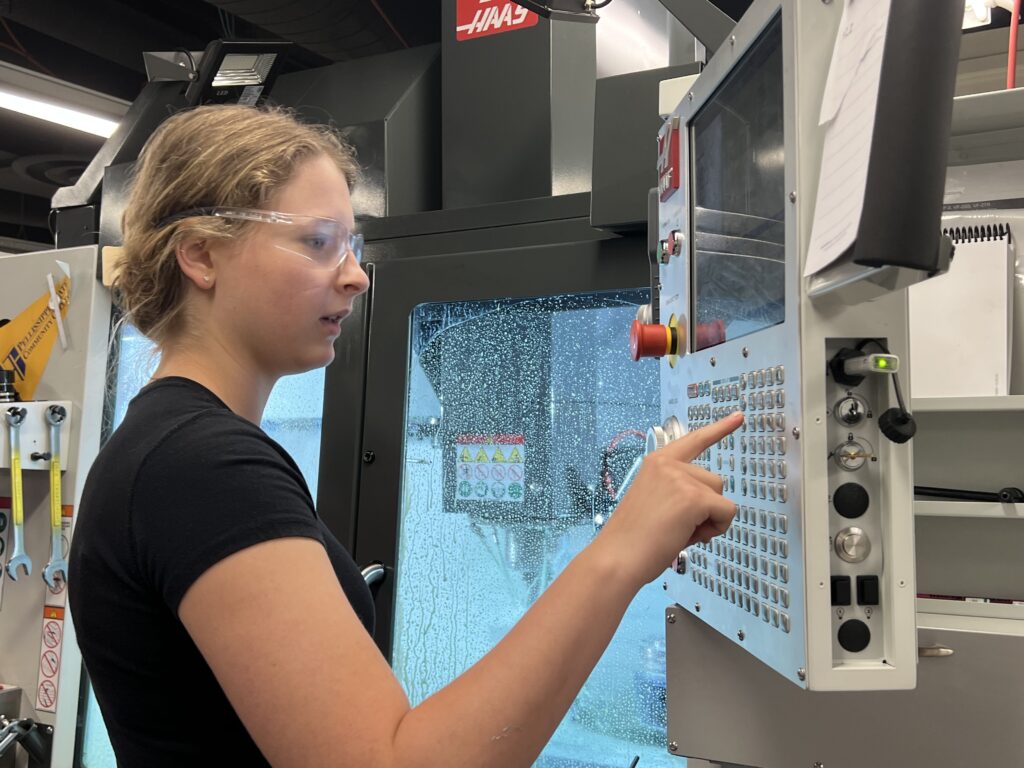
Meet Tyler, Bob, and Alexandra. “Normally I go by Alex, but if I’m doing STEM stuff, I go by Alexandra because I have to represent the girls,” points out Alexandra, a recent graduate of Oak Ridge High School (ORHS). In just a few weeks, she’s headed to the Massachusetts Institute of Technology, better known as MIT. She’s had her eye on a career in robotics since she fell in love with Lego robots in fourth grade. “I really, really, really like robots,” shares Alexandra. “It’s fun designing something and then seeing it come together, knowing an idea that was in my head is now in front of me.”
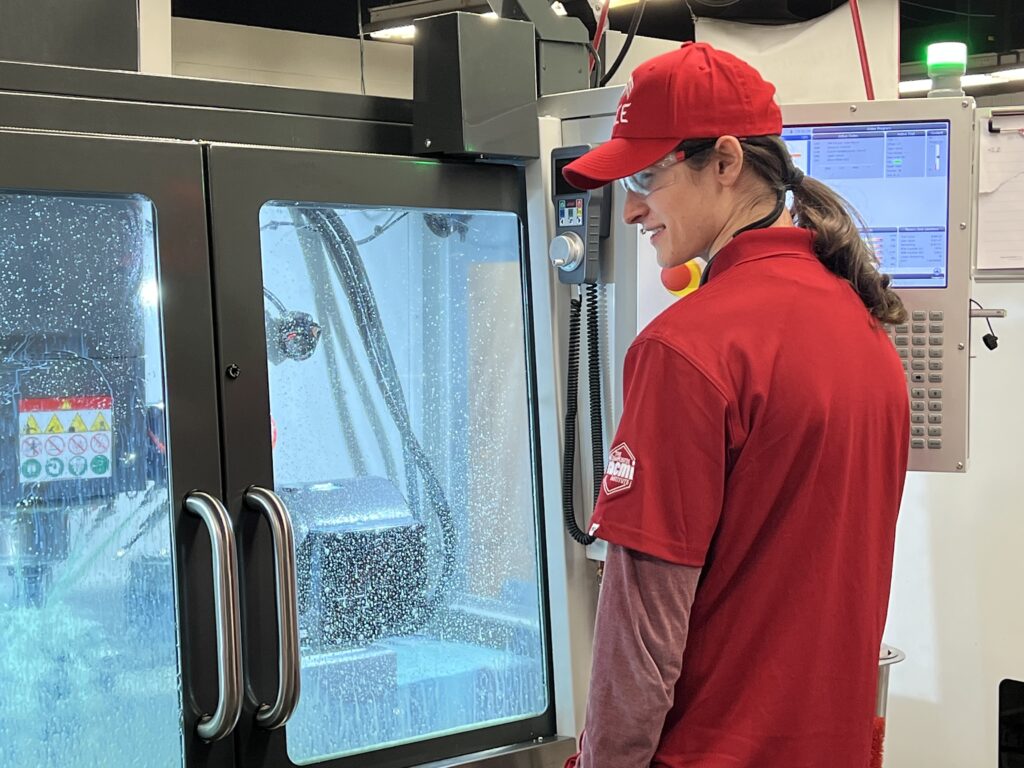
Bob, also a robotics enthusiast since age eight, is traveling west to pursue a degree in mechanical engineering at Colorado School of Mines. “Mines has a good program with solid resources in machining, but you have to seek out the opportunities,” says Bob. “You have to find the teachers and research projects that will allow you to run those machines. So, you never know what difference having ACE on my resume might have on my path.”
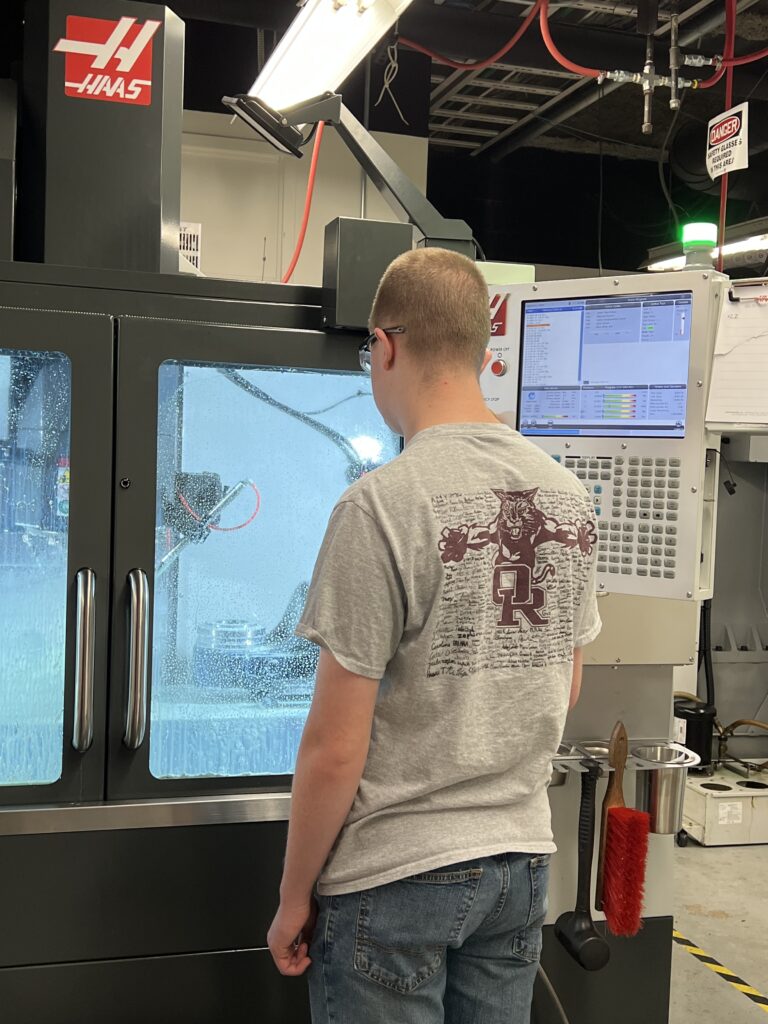
Already focused on his future at Missouri University of Science and Technology, Tyler leans towards a career in engineering design and has sought out ACE for practical experience. “For good design, you need to understand machining. You can’t have one without the other. Having more knowledge of how it’s going to be implemented helps you understand what you’re designing and how you should do it.”
All three of these exceptionally bright students have promising futures, but before they start college, they’ve all chosen to take the free America’s Cutting Edge (ACE) training for Computer Numerical Control (CNC) machines this summer. After completing the 6-hour online course, they’ve enrolled in the 5-day, in-person bootcamp at Pellissippi State Community College (PSCC) as well. Why?
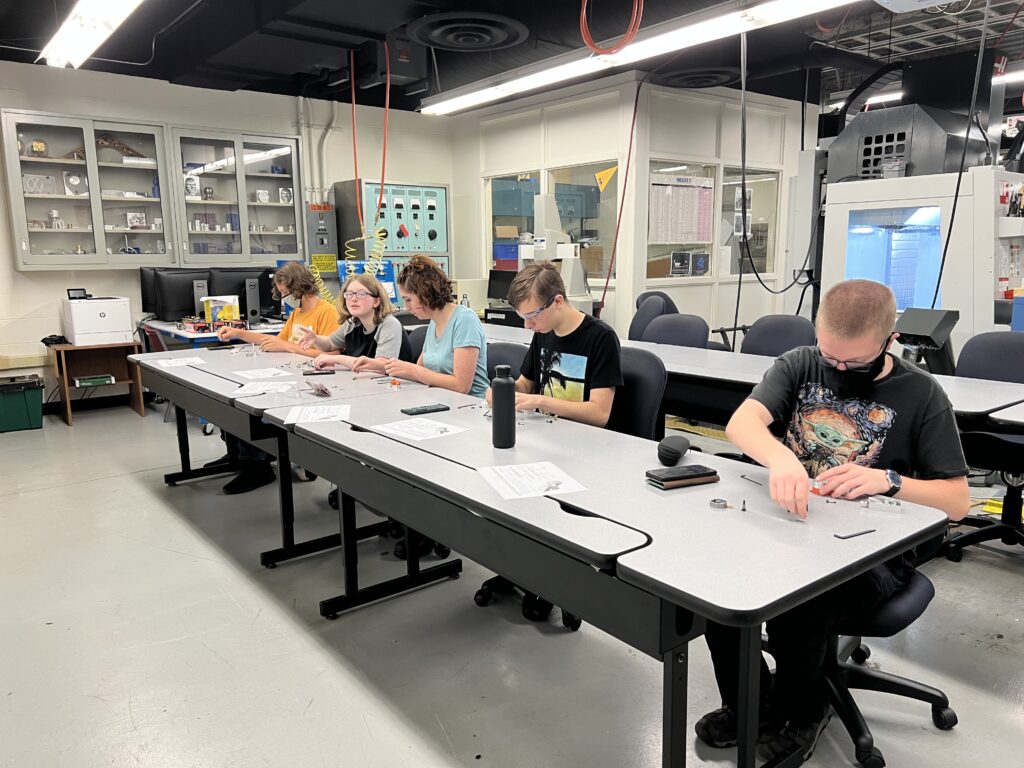
Tyler explains, “I’m looking for more advanced CAM software and machining skills right now. I have a good grasp of CAD (used in 3D printing), but I’m learning how to transition that more into something physical.” He believes his college courses will be more focused on design, so he wants to take advantage of a chance to get hands-on machining now.
Before starting his summer job for the local manufacturer Formall, Bob hoped ACE might open more opportunities for him on their CNC machines but admits they’ve had to put him on the most pressing projects for the company’s clients. “At Formall, I’ve worked on a plastic extruder that makes large rectangular sheets, in a grind room that shreds giant pieces of plastic, and on thermoforming machines which heat and vacuum form plastic products into specific shapes. I’ve learned traditional manufacturing is hard work and see how systems could be better designed to make the machinists’ jobs more efficient and pleasant. I think if more products can be made with CNC machines, people will absolutely want those jobs.”

Even at MIT, Alexandra has heard that most students don’t get hands-on machine experience until their junior year. She figures a head-start might open doors to on-campus opportunities or summer internships. Alexandra shares, “The big scary machine is not that scary. They’re huge and very expensive, but getting this introduction and learning how the machine works has been good. I’m inspired.”
When asked what each of them thought of the ACE training, all three had positive feedback and good advice for others. Alexandra encourages, “If you’re interested, try it, but don’t wear nice shoes. Everyone will make you feel welcome. Every day my parents and siblings are excited to see the next machined part I get to bring home. I love building things.”
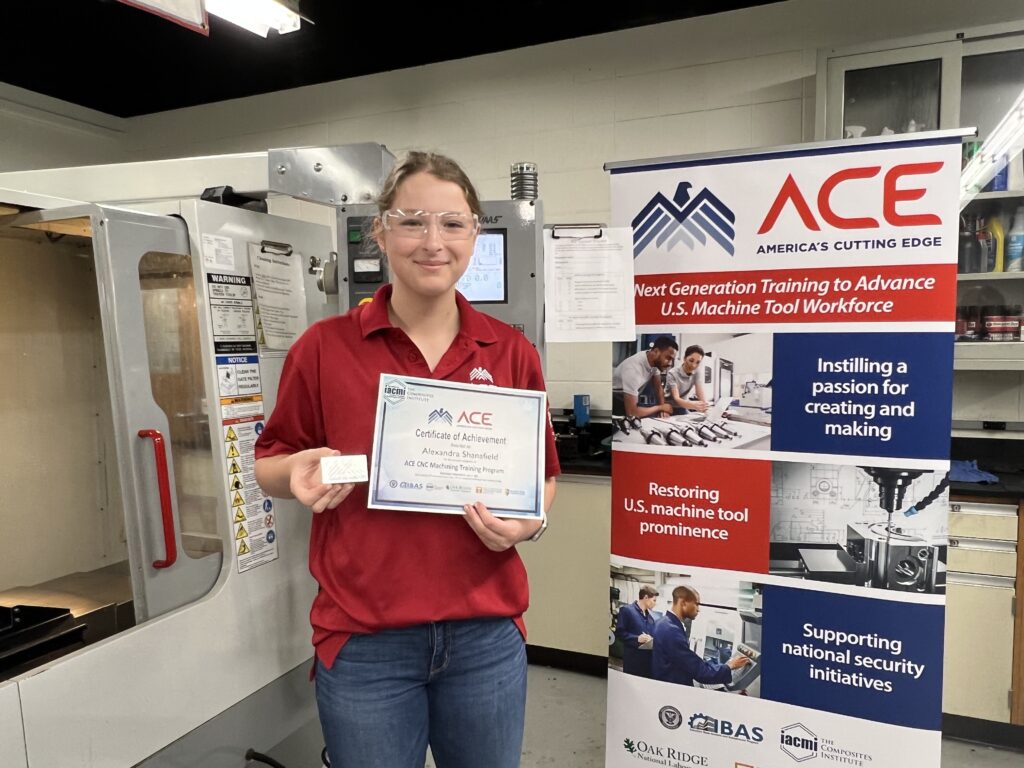
Tyler adds, “The hands-on aspect is one of the biggest take-aways for me personally because despite my experience with Fusion 360, I didn’t have that much time on the machines themselves. I think it’s best to start on these machines as early as possible. It’s a good experience all around. I’ve learned a lot.”
“ACE feels like a great opportunity to try out to see if machining is for you,” says Bob. “Plus, it’s free, so anyone can do it. If you’re in high school and don’t know what you want to do and you want to dip your feet into this field, ACE is a great shotgun course to see what might interest you most. Is machining for me?”
IACMI is proud to manage the ACE program and looks forward to what’s next for these students. Good luck at college! Start your success today!

ABOUT ACE
There is an urgent and growing need in the U.S. machining and machine tool industry for skilled individuals – operators, engineers, designers and more – for 30,000 machining companies across the country. America’s Cutting Edge (ACE) is a national initiative to restore the prominence of the U.S. machine tools sector. The ACE training focuses on Computer Numerical Control (CNC) machining fundamentals but is geared towards anyone interested in manufacturing, from high school students to experienced machinists looking to expand their skills. Both the 6-hour online course and the 32-hour in-person training requires no prior experience and is offered at no cost. ACE is supported by the U.S. Department of Defense (DoD) Industrial Base Analysis and Sustainment (IBAS) Program from the Office of Industrial Policy. ACE brings together the scientific expertise of the Department of Energy’s Oak Ridge National Laboratory (ORNL), advanced training tools and techniques developed at the University of Tennessee, Knoxville (UTK), and the workforce development leadership of IACMI – The Composites Institute. More than 2,600 people from all 50 states are engaged in the online training that began in December 2020, and in-person training is expanding from Tennessee to hubs in North Carolina, Texas, and West Virginia in the next few months. Machining and machine tools are at the foundation of America’s manufacturing capability and its global competitiveness.

